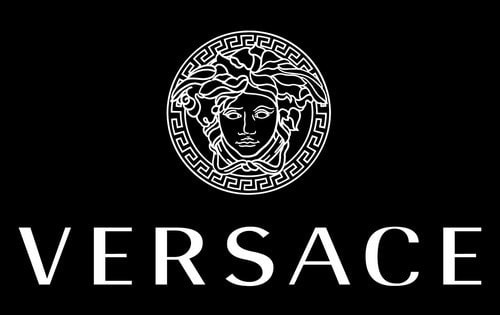Versace is an international fashion house owned by the Italian designer Gianni Versace which sells luxury class lifestyle goods like clothing, accessories and other merchandise. The fashion house which designs , manufactures, distributes and retails haute couture, Pret-a-porter, accessories, watches, jewelry, eyewear, fragrances and home furnishings.
The brand which is showcased for its signature Medusa logo is a popular choice for a number of celebrities around the world who showcase these designs in prestigious red carpet events. Versace sells its merchandise through 200 retail outlets which it directly owns and operates as well as through wholesale via malls. Versace also has under its label home furnishings, jewelry, watches, and eyewear.
Versace also has palazzo Versace across multiple locations which takes the entire Versace experience across to millions of customers across the world. The brand also has designed for younger generations which are designed by Gianni Versace’s sister Donatella Versace labeled Young Versace and Versus.
Table of Contents
Strengths in the SWOT analysis of Versace
The following are the strengths of Versace :
- Leadership: The international fashion house was started by Gianni Versace who was an ace designer as well as an astute marketer. The designer was able to grasp the exact needs of the market and with these skills, he was confident of starting his own enterprise which led to the birth of Versace.
- Customer engagement: The customers of Versace are highly loyal and sure of the quality and uniqueness of their designs. Versace has a business philosophy where each customer is treated exclusively, their needs clearly understood which are then met by trained salespeople. The factor that improves the customer engagement is the deep understanding of the customer.
- Multiple channels: Versace reaches out to the customer through a variety of channels. The key channels are wholesale where the customer can shop for Versace merchandise through 1500 upscale department stores, specialty stores etc., and the retail segment where the company owns and operates 200 boutique stores. The company also has their own website from where the customer can source directly and even custom design their outfits..
- The Versace experience: Versace adopted a strategy to take customer engagement to a higher level altogether where they opened a series of hotels under the label Versace Palazzo which could get the customers the complete Versace experience. This got the brand closer to the customer.
- Multiple segments: The brand caters to a number of segments across genders and ages. Though originally Versace was conceptualized as a fashion statement for sophisticated adults and primarily consisted of formal and party wear, the brand moved into the younger age group when Donatella Versace launched a younger version of the brand through Versus and Young Versace.
Weaknesses in the SWOT analysis of Versace
Some of the key weaknesses of Versace are:
- Price: Though the brand positions itself as a luxury brand, the price is exorbitant and affordable to only people at the highest strata of society. This increases the pressure on the brand since designs have to be worth the money that is being spent on them. The high prices also make the company more dependent on the value since the volumes are usually low.
- Supply & Demand mismatch: The luxury market usually has a supply-demand mismatch and this a key weakness of most players in this market. The demand is low and very specific and satisfying the customer is no easy task since they may be having very specific expectations. Thus often the supply will be in excess of the demand. This leads to stock excess and this often forces the company to sell their stock at discounted rates.
- Poor penetration in Eastern cultures: Versace being an Italian brand is more in tune with European fashion trends and the brand does not understand eastern culture or tastes of the customers in these regions.
Opportunities in the SWOT analysis of Versace
Some of the opportunities include:
- Growth in emerging economies: The Internet boom and the growth of online retail has opened the apparel market to include all parts of the world and emerging markets like China and India which are lucrative in terms of market size can now become prospective markets for Versace.
Threats in the SWOT analysis of Versace
Threats are those factors in the environment which can be detrimental to the growth of the business. Some of the threats include:
- Competition: The main competitors of Versace are Dolce & Gabbana, Gucci, and Armanietc.,
- Financial crisis: The growing financial crisis in various parts of the world has reduces the propensity to spend and people are getting more and more reluctant to spend on luxury goods.
Liked this post? Check out the complete series on SWOT

